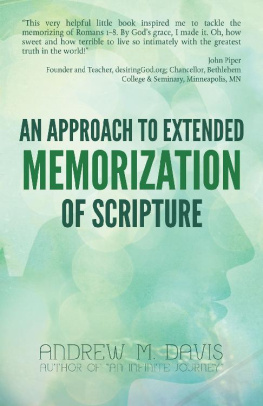Table of Contents
2003 Wm. B. Eerdmans Publishing Co.
All rights reserved
Wm. B. Eerdmans Publishing Co.
255 Jefferson Ave. S.E., Grand Rapids, Michigan 49503 /
P.O. Box 163, Cambridge CB3 9PU U.K.
www.eerdmans.com
Printed in the United States of America
08 07 06 05 04 03 7 6 5 4 3 2 1
ISBN 0-8028-1269-4
Scripture translations not otherwise identified are the authors own.
Acknowledgments
This volume of essays owes its existence to the vision and the generous support of Wallace Alston and Robert Jenson of the Center of Theological Inquiry (Princeton, New Jersey). Over a period of four years, they hosted and participated in a conversation among the authors that generated many of the ideas in this book. We thank them and all the members of the Scripture Project for deep and extended interaction among theological disciplines that is a rare and precious experience.
Our conversation was enriched by the contributions of two participants who are not represented by essays in this volume: Professor Robin Darling Young, of the Catholic University of America, and Professor J. Ross Wagner, of Princeton Theological Seminary. Each played a crucial role in the formation of the groups thinking, and we record our gratitude to them. Professor Young, with her expertise in Eastern patristic sources, played an indispensable part in encouraging us to consider the Christian traditions understanding of the multiple senses of Scripture and to recognize that the early Christians encountered the Bible as a living word. Professor Wagner, who joined us initially as an observer, soon became an integral part of our dialogue through his gift for summarizing and synthesizing the salient ideas that emerged from our meetings.
At one meeting, Margaret Adams Parker shared her extensive knowledge of visual art as a form of scriptural interpretation, and she has kindly allowed us to reproduce one of her woodcuts in this volume. Many friends and colleagues provided helpful critiques of earlier drafts of the Nine Theses; among these, a special word of thanks goes to Professor A. Katherine Grieb, of Virginia Theological Seminary, and to the Reverend Fleming Rutledge for offering suggestions that materially improved the final version. Brad Trick and David Moffitt, doctoral students at Duke, provided timely help in overseeing the transliteration of Hebrew and Greek phrases in the volumes essays and in preparing the Scripture index.
Beyond his own involvement in the Scripture Project, our Dean, L. Gregory Jones, generously provided the staff assistance that made editing this volume pleasurable work. Our debt to Carol Shoun, editorial assistant to the faculty of Duke Divinity School, is impossible to calculate. Without her careful tending at every stage of production, this book would be published only sometime in the indefinite future, and it would not read nearly so well.
ELLEN DAVIS and RICHARD HAYS
The Divinity School
Duke University
Confession of St. Peter, 2003
Contributors
Gary A. Anderson
Professor of Old Testament
University of Notre Dame
Richard Bauckham
Professor of New Testament Studies and Bishop Wardlaw Professor
University of St. Andrews
Brian E. Daley, SJ
Catherine F. Huisking Professor of Theology
University of Notre Dame
Ellen F. Davis
Associate Professor of Bible and Practical Theology
Duke Divinity School
Richard B. Hays
George Washington Ivey Professor of New Testament
Duke Divinity School
James C. Howell
Senior Minister
Myers Park United Methodist Church, Charlotte, N.C.
Robert W. Jenson
Senior Scholar for Research
Center of Theological Inquiry, Princeton, N.J.
William Stacy Johnson
Arthur M. Adams Associate Professor of Systematic Theology
Princeton Theological Seminary
L. Gregory Jones
Dean and Professor of Theology
Duke Divinity School
Christine McSpadden
Priest
Episcopal Diocese of California
R. W. L. Moberly
Reader in Theology
University of Durham
David C. Steinmetz
Amos Ragan Kearns Professor of the History of Christianity
Duke Divinity School
Marianne Meye Thompson
Professor of New Testament Interpretation
Fuller Theological Seminary
Abbreviations
Introduction
A cartoon in the New Yorker shows a man making inquiry at the information counter of a large bookstore. The clerk, tapping on his keyboard and peering intently into the computer screen, replies, The Bible? ... That would be under self-help.
As the cartoon suggests, in postmodern culture the Bible has no definite place, and citizens in a pluralistic, secular culture have trouble knowing what to make of it. If they pay any attention to it at all, they treat it as a consumer product, one more therapeutic option for rootless selves engaged in an endless quest of self-invention and self-improvement. Not surprisingly, this approach does not yield a very satisfactory reading of the Bible, for the Bible is not, in fact, about self-help; it is about Gods action to rescue a lost and broken world.
If we discount the story of Gods gracious action, what remains is decidedly nontherapeutic. We are left with a curious pastiche of ancient cultural constructions that might or might not be edifying for us, in the same way that the religious myths of any other ancient culture might or might not prove interesting or useful. Indeed, some postmodern readers have come to perceive the cultural alienness of the Bible and to find it dangerous and oppressive.
The difficulty of interpreting the Bible is felt not only in secular culture but also in the church at the beginning of the twenty-first century. Is the Bible authoritative for the faith and practice of the church? If so, in what way? What practices of reading offer the most appropriate approach to understanding the Bible? How does historical criticism illumine or obscure Scriptures message? How are traditional readings to be brought into engagement with historical methodologies, as well as feminist, liberationist, and postmodernist readings? The churchs lack of clarity about these issues has hindered its witness and mission, causing it to speak with an uncertain voice to the challenges of our time. Even where the Bibles authority is acknowledged in principle, many of our churches seem to have lost the art of reading it attentively and imaginatively.
In order to address these problems, the Center of Theological Inquiry (Princeton, New Jersey) convened a group of fifteen scholars and pastors who met periodically over a period of four years (1998-2002) under the collective name The Scripture Project. The groups individual members contributed expertise in the fields of Old Testament, New Testament, systematic and historical theology, and parish ministry. Our aim was to overcome the fragmentation of our theological disciplines by reading Scripture together. As one member of the group remarked, at one time the churchs great interpreters of Scripture (such as Origen, Augustine, Aquinas, Calvin, and Luther) did not think of themselves narrowly as specialists in Old or New Testament or in theology or church history; for them, the interpretation of the Bible was a seamlessly integrated theological activity that spoke directly to the needs of the church. Thus what we were doing, he joked, was assembling a group of fifteen specialists to function corporately as a Complete Theologian. The joke captured something of the truth, and it became for us a working description of the ideal we were pursuing. In seeking to explore, to exemplify, and to nurture habits of reading Scripture theologically, we hoped to recover the churchs rich heritage of biblical interpretation in a dramatically changed cultural environment.





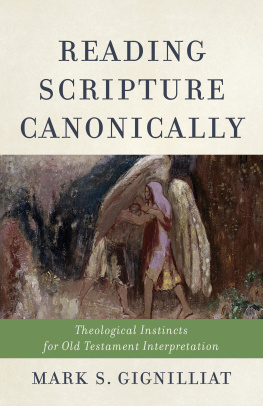
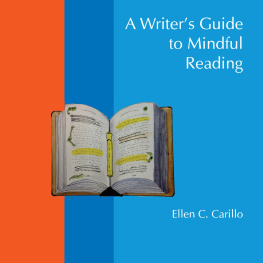
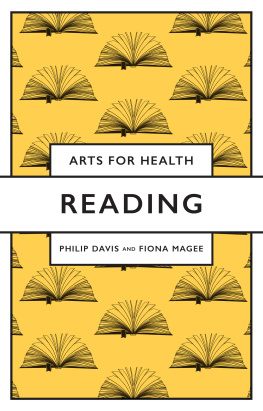
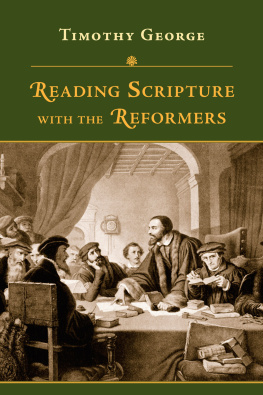

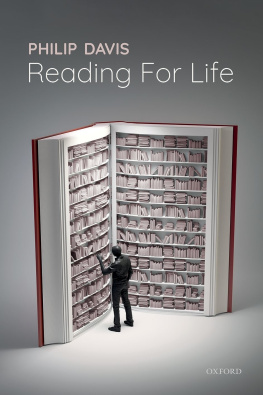
![Scott Hahn [Inconnu(e)] - Scripture Matters: Essays on Reading the Bible From the Heart of the Church](/uploads/posts/book/134760/thumbs/scott-hahn-inconnu-e-scripture-matters-essays.jpg)
